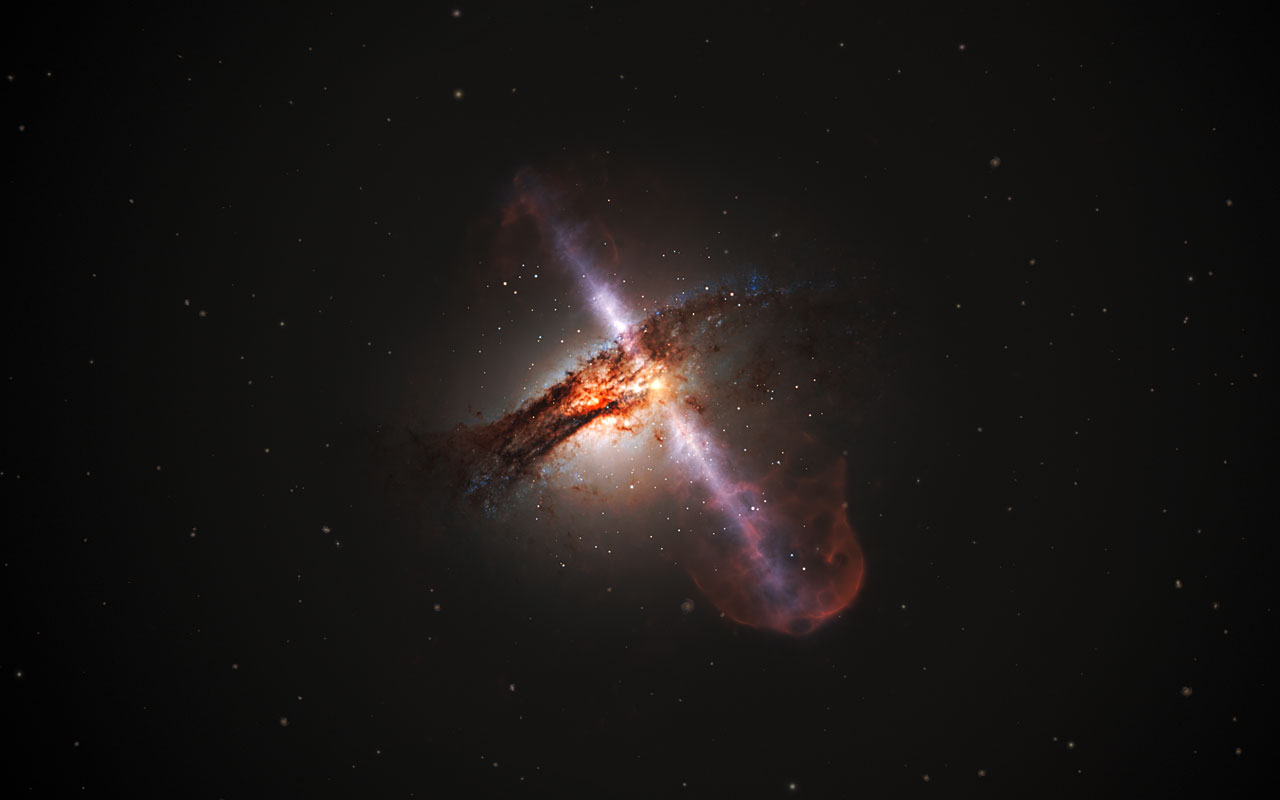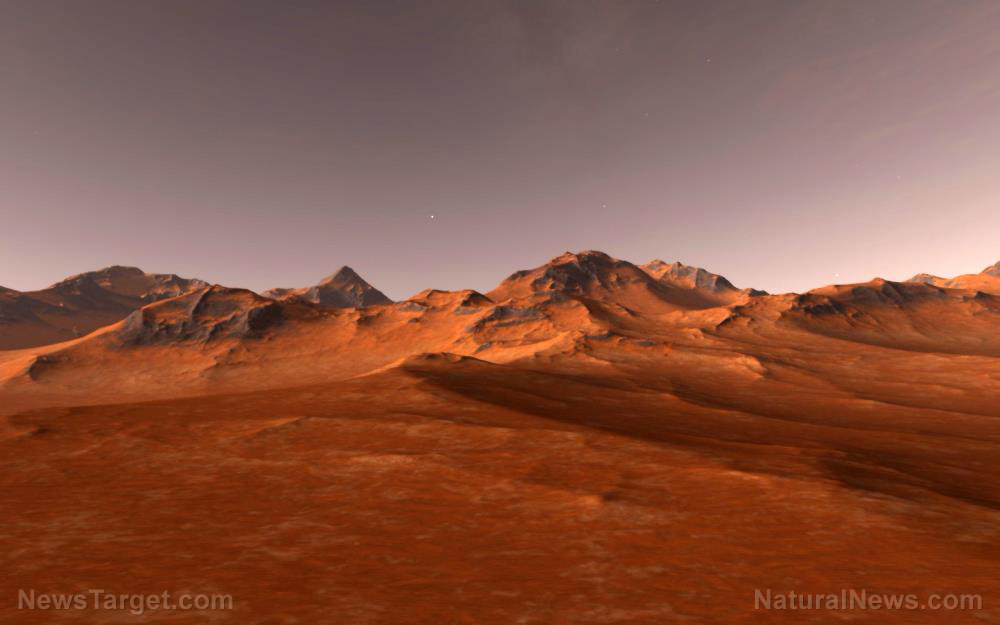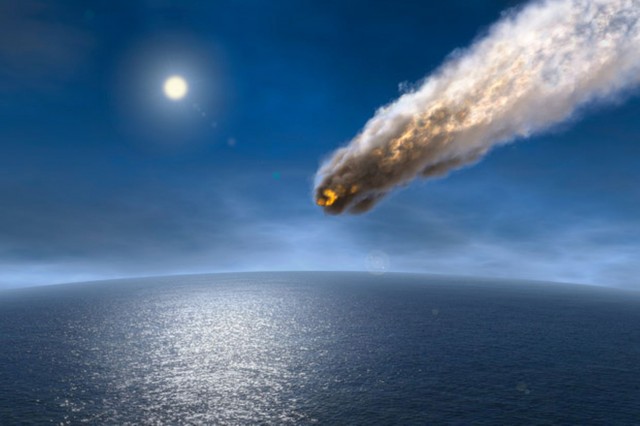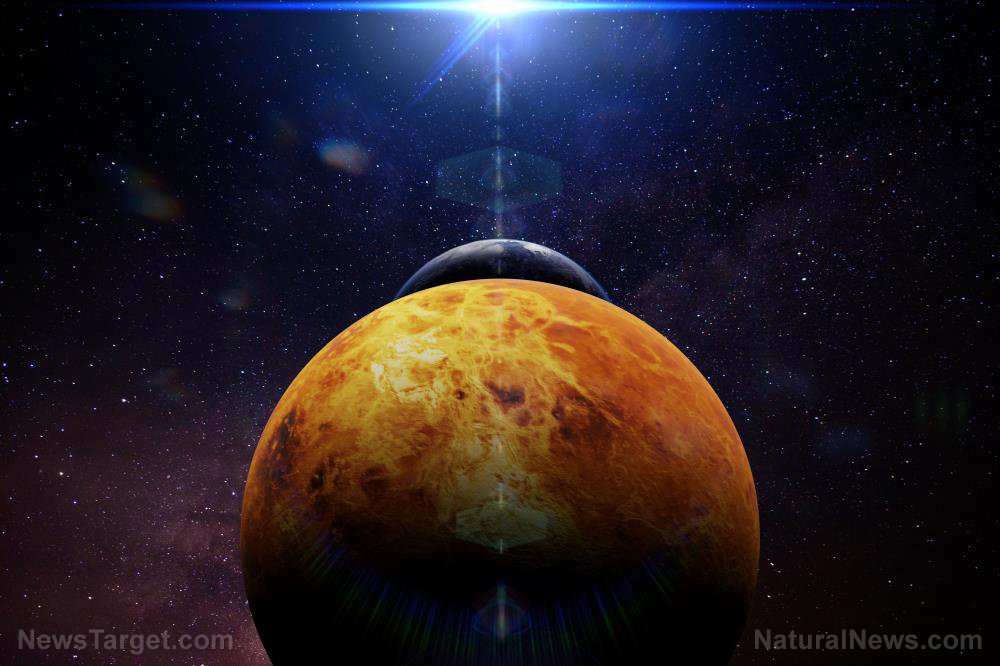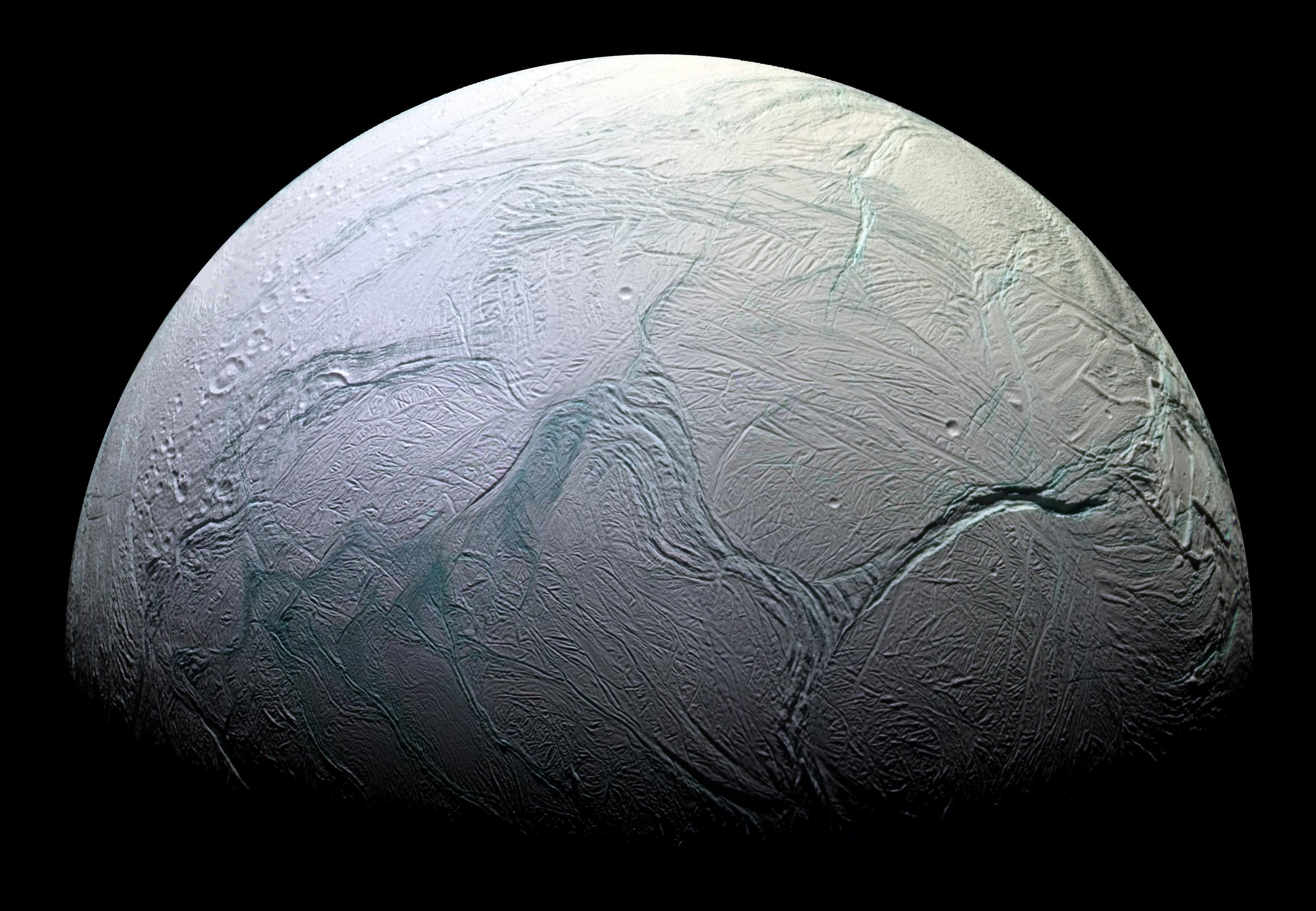Organic matter found in ancient meteorites may hold clues to understanding the birth of life on Earth
10/25/2018 / By Edsel Cook

Chondritic meteorites that date back to the formation of the Solar System offer a window through which we can view the distant past. Researchers believe that organic matter trapped in these antediluvian space rocks can show us how life began on our planet, an article in Alpha Galileo reported.
Furthermore, the University of Manchester (UoM) research team suggests that such meteorites could also tell us about other planets in other star systems, including the chances of their habitability.
In their new study, they reported that organic materials found in those non-metallic meteors were formed by basic chemical processes during the formation of the Solar System. These carbonaceous chondrites came from chondritic asteroids that were formed at the same time as the Sun.
UoM researcher Romain Tartèse took samples of organic matter from those meteorites. He and his research team studied the oxygen isotopes in the matter.
Isotopes are atoms of an element that contain different numbers of neutrons compared to the baseline atoms. By analyzing them, researchers can determine a compound’s isotopic signature, the unique ratio of various isotopes that serve as a fingerprint. This signature helps identify the processes that created the compound. (Related: Lunar meteorite hints at the moon having water, once upon a time.)
Organic matter in old meteorites suggest the possibility of life in other star systems
The UoM researchers were able to identify the origins of the organic matter in the meteorite. Notable elements found in the meteorite were carbon, hydrogen, oxygen, nitrogen, and sulfur. These elements are needed for organic life to thrive.
In addition to showing that basic chemical processes in our solar system can create organic materials, their study indicates that these same processes and results could also take place in other planetary systems.
Some of the very first solid matter formed in the Solar System went into carbonaceous chondrites. These carbonaceous meteorites are likened to time capsules because their contents provide clues about the formation and evolution of planets.
“Chondrites are a snapshot of the early Solar System, providing key insights on how protoplanets and planets formed and were processed,” explained Tartèse.
It is rare to find carbonaceous chondrites that contain a lot of organic matter. However, they are one of the best ways to find out about the way Earth formed and changed over time.
Earth is a dynamic planet. Its activities have destroyed most of the evidence concerning its early years. This leaves chondrites as an important way to get to know our planet better.
The very first, ultra-accurate analysis of three oxygen isotopes
The meteorite samples were provided by the Muséum National d’Histoire Naturelle. The UoM research team took accurate measurements and interpretations of the oxygen isotopes that made up the organic matter in the space rocks.
Earlier studies targeted the isotopes of hydrogen and nitrogen. Alongside oxygen, these elements are also building blocks of life.
However, oxygen isotopes have two advantages over their hydrogen and nitrogen counterparts. First, they are more common and numerous in carbonaceous meteorites.
The second, bigger advantage is the number of stable isotopes that resist breaking down. Whereas both hydrogen and nitrogen have two, oxygen has three stable isotopes. This veritable wealth of oxygen isotopes provides more information about the origin of organic material in chondrites.
Tartèse reported that the three oxygen isotopes formed a pattern that resembled the ones found in the Sun, asteroids, and rocky planets. He believed this result proved that the organic matter was formed during the same process that formed the early Solar System.
Sources include:
Tagged Under: asteroids, chondrites, chondritic meteorites, cosmic, Earth, evidence of life, Isotopes, meteorites, oxygen, science, solar system, Space, space exploration, space rocks, star systems

